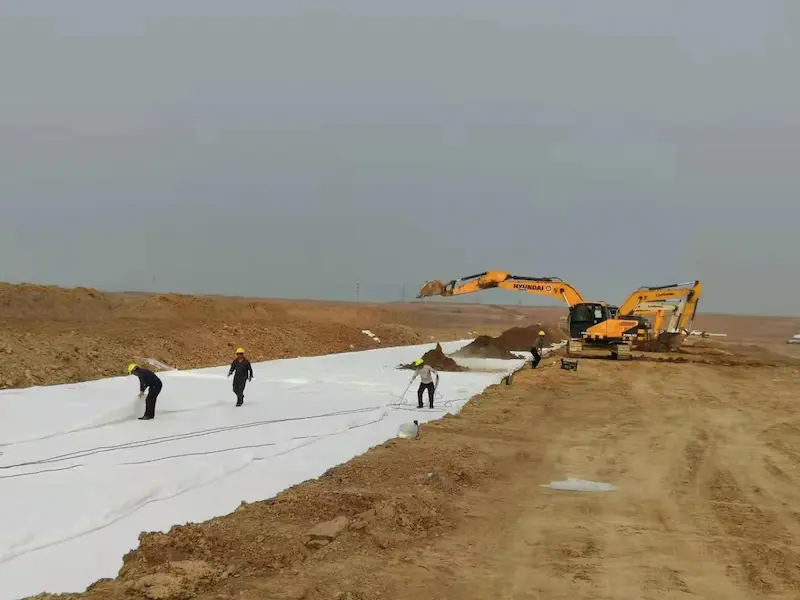Geotextiles have several advantages in water conservancy projects, some of the main ones include:
1. Anti-penetration and waterproofing: As an anti-penetration material, geotextile can effectively prevent water from penetrating into the soil and play a waterproof role. This is the basic advantage of geotextiles and has great significance in water conservancy projects, especially in reservoirs, dams and other projects, and helps maintain the safety of the project.
(1) Anti-penetration barrier: Geotextile has good waterproof properties and can be used as an excellent anti-penetration barrier material. Through application in water conservancy projects, it can effectively isolate and prevent the penetration of water bodies, ensuring the safety and stability of water conservancy projects.
(2) Channel lining: Geotextile can be used to line channels to form a waterproof protective film to prevent moisture from penetrating into the bottom of the channel and the surrounding soil, and improve the anti-penetration performance of the channel.
(3) Dam anti-seepage: In dike projects, geotextile can be used as an anti-seepage material and laid on the inside or bottom of the dike to prevent water from seeping through the dike and ensure the stability of the dike structure.
(4) Anti-seepage at the bottom of the reservoir: Geotextiles are often used at the bottom of the reservoir to form an effective anti-seepage barrier to prevent water from the reservoir from penetrating into the ground and prevent breaches and leakage problems at the bottom of the soil.
(5) Drainage system optimization: Geotextiles can be used in conjunction with drainage systems to prevent water retention in water conservancy projects through drainage functions, reduce groundwater pressure, and improve project stability.
Through the above methods, geotextiles play an important role in water conservancy projects, ensuring the anti-penetration and waterproof performance of engineering structures and ensuring the safe and sustainable operation of water conservancy projects.

Haoyang has multiple plastic flat wire production lines
2. Resist soil erosion: The erosion of soil by water flow is a common problem in water conservancy projects. Geotextiles can effectively slow down the erosion of soil by water flow and maintain the stability of water conservancy facilities. This is a very important advantage for water conservancy projects.
(1) Protection of river banks and river beds: Geotextiles can be used to protect river banks and river beds, effectively resisting erosion and erosion by water flow. It is laid on the surface of the river or the slope of the river bank to form an anti-erosion protective layer and slow down the erosion of soil by water flow.
(2) Surface covering of rivers and dams: Geotextiles can be covered on the surface of rivers and dams to form a protective film to prevent rainfall and water flow from scouring and eroding the soil, and maintain the surface stability of water conservancy projects.
(3) Hillside protection: In water conservancy projects, geotextiles can be used for hillside protection, especially in steep hillside areas. By fixing soil particles, they slow down rainwater erosion and maintain soil stability.
(4) Reservoir bank slope protection: For the bank slope of the reservoir, geotextiles can be used to resist soil erosion. Covering the surface of the bank slope, it forms a protective layer to slow down the erosion of the bank slope by the water body and maintain the stability of the reservoir slope.
(5) Lake shoreline protection: Geotextiles can be used to protect lake shorelines, prevent lake water from eroding shoreline soil, and maintain the stability of the ecological environment around lakes.
Through the above methods, geotextiles can effectively prevent soil erosion in water conservancy projects, protect the stability of project structures, and maintain the sustainable operation of water conservancy projects.
3. Strengthen river banks and dams: Geotextiles can be used to strengthen the structures of river banks and dams, increase the stability of soil, and improve the ability to resist erosion and landslides.
(1) Resistance to erosion and erosion: Geotextiles can be covered on the surface of river banks and dams to form a protective layer that effectively resists erosion and erosion by water flow. This helps maintain soil stability on river banks and embankment surfaces, preventing slope collapse due to water erosion.
(2) Improve slip resistance: In water conservancy projects, geotextiles can increase the slip resistance of soil. By embedding geotextiles into the soil of river banks and dams, a reinforcing layer can be formed to improve the cohesion and slip resistance of the soil and prevent slope sliding and collapse.
(3) Enhance structural stability: Geotextiles can form a close combination with the soil to enhance the overall stability of river banks and dams. This helps prevent structural instability problems caused by loose foundations or soil loss.
(4) Control soil expansion and contraction: Geotextiles can also be used to control soil expansion and contraction in water conservancy projects. Especially in porous soil, the use of geotextiles can slow down the deformation of the soil and improve the stability of the soil.
(5) Anti-penetration: Geotextiles have certain anti-penetration properties and can be used to prevent water from penetrating into the dam. This helps maintain the structural integrity of the dam and prevents water from adversely affecting the project.
With the above advantage, geotextiles can play multiple roles in water conservancy projects, strengthening the stability of river banks and dams, and improving the disaster resistance of projects.
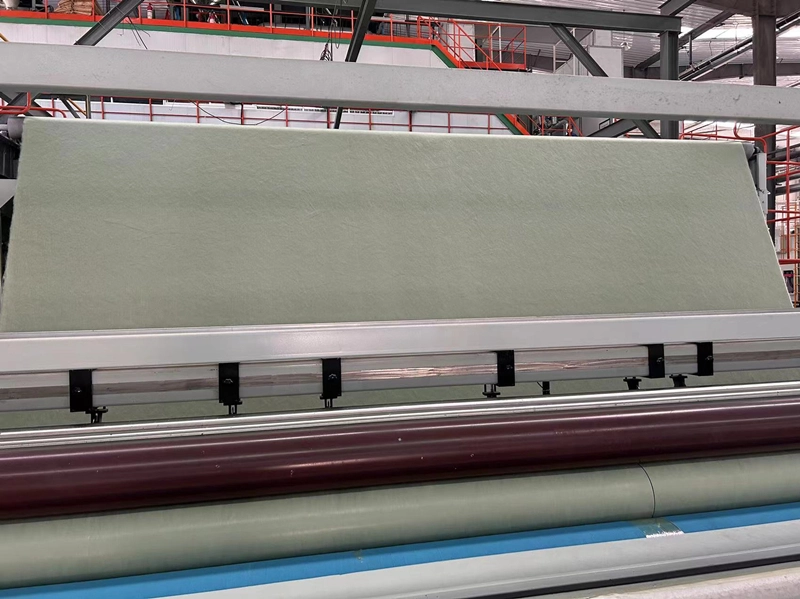
Haoyang has the production technology of multi-color filament geotextiles
4. Constructing channels and ditches: In water conservancy channels, ditches and other projects, the use of geotextiles can effectively prevent water and soil erosion and improve the efficiency of water flow transportation.
(1) Anti-penetration and water retention: Geotextile can be used as an anti-penetration layer, covering the bottom of channels and ditches to prevent water from penetrating into the underlying soil. This helps reduce water loss, improves the water storage capacity of channels and ditches, and maintains efficient use of water resources.
(2) Prevent erosion: Channels and ditches are often washed and eroded by water flow. Geotextiles can be used as a surface protective layer to resist the impact of water flow and slow down the speed of soil erosion. This helps maintain the original shape of channels and ditches and reduces sediment buildup.
(3) Strengthen the stability of the soil: Geotextiles can form a close combination with the soil and increase the overall stability of the soil. Especially on the slopes of channels and ditches, geotextiles can reduce slope sliding and collapse and ensure the long-term stability of channels and ditches.
(4) Maintain the smoothness of the bottom of the canal: The use of geotextile can prevent the loss and sedimentation of soil at the bottom of the canal and keep the bottom of the canal and ditch flat. This helps keep the flow of water flowing and reduces water flow problems caused by sediment blockage.
(5) Rapid construction: As a prefabricated material, geotextile can be laid quickly on site to reduce construction time. This is a clear advantage for projects that require the rapid construction or modification of channels and ditches.
Generally speaking, geotextiles are used to construct channels and ditches in water conservancy projects, which can not only improve the stability and durability of the project, but also reduce maintenance costs and improve construction efficiency.
5. Irrigation system maintenance: The application of geotextiles in irrigation systems can reduce soil leakage, improve water use efficiency, and help maintain the stability and efficiency of irrigation facilities.
(1) Prevent soil erosion: Geotextiles can be used to cover the bottoms and slopes of irrigation ditches to prevent water erosion and soil erosion. This helps maintain the structural integrity of the trench and reduces soil erosion in the irrigation system.
(2) Inhibit the growth of weeds: As a covering layer, geotextile can effectively prevent the growth of weeds. This has a positive effect on keeping irrigation channels clear, reducing water flow resistance and reducing maintenance costs of the irrigation system.
(3) Reduce siltation: Irrigation water flow may carry solid particles, which can easily lead to siltation of irrigation channels. By laying geotextiles at the bottom of the channel or on the slope, the deposition of solid particles can be reduced and the smoothness of the channel can be maintained.
(4) Increase channel stability: Geotextile can be integrated with the soil to improve the stability of the channel bottom and slope surface. This helps prevent collapse and deformation of the channel, extending its service life.
(5) Reduce water evaporation: Geotextiles can cover the soil surface around irrigation channels to reduce water evaporation. This is beneficial for improving water use efficiency, mitigating irrigation water requirements and maintaining soil moisture.
(6) Improve system reliability: Geotextiles help improve the reliability of irrigation systems by reducing problems such as soil erosion, siltation, and weed growth. Increased system reliability means more consistent irrigation results and less maintenance.
Overall, the application of geotextiles in water conservancy projects can effectively improve the sustainability and stability of irrigation systems, providing reliable water sources and a good soil environment for farmland.

Haoyang has independent geotechnical design and construction qualifications and team
6. Reinforcement of soil slopes and slopes: In water conservancy projects, geotextiles can be used to reinforce river banks, soil slopes, slopes, etc., to improve their ability to resist sliding and erosion, and to enhance the overall stability of the project.
(1) Suppress soil erosion: Geotextile can be used as a covering layer to cover the surface of soil slopes or slopes, effectively inhibiting the erosion and erosion of soil by water flow. This helps keep the slope or pile structurally stable and reduces soil erosion.
(2) Increase slope stability: Geotextiles provide additional support and strength to resist soil landslides by forming one body with the soil. This increases the stability of the slope or pile and reduces the risk of landslides or collapses.
(3) Prevent bare soil: Bare soil is easily affected by wind erosion, rain erosion and sun exposure. The covering of geotextile can prevent the soil from being exposed and protect the soil from the external environment.
(4) Provide a basis for vegetation coverage: Geotextiles can be used in combination with vegetation to provide a basis for plant growth. This helps create vegetative cover, further solidifies the slope or bank, and increases soil protection.
(5) Reduce slope erosion: Geotextiles can slow down the speed of rainwater washing away soil slopes or piles, and reduce slope erosion. This has a positive effect on maintaining the flatness of the slope and reducing the impact of water flow on the soil.
(6) Improve anti-permeability: Some geotextiles have waterproof and anti-penetration properties, which can reduce the penetration of rainwater into the soil and prevent particles in the soil from being washed away.
(7) Improve project life: The application of geotextiles can extend the service life of soil slopes or slopes, reduce maintenance costs, and increase the economic benefits of the project.
Through the above functions, the application of geotextiles in reinforcing soil slopes and pile slopes in water conservancy projects can effectively improve the stability and sustainability of the project, slow down soil erosion, and provide strong support for the rational use of water resources.
7. Convenience of project construction: The use of geotextiles in water conservancy projects can simplify the construction process, improve construction efficiency, and reduce the difficulty and cost of project construction.
Generally speaking, the greatest advantage of geotextile in water conservancy projects lies in its multi-functional properties such as anti-penetration, anti-erosion, and soil strengthening, which provide effective technical support for the safe, stable and sustainable operation of water conservancy projects.
![]() 300g PET geotextiles test report.pdf
300g PET geotextiles test report.pdf
![]() 200g Staple fiber non-woven geotextile.pdf
200g Staple fiber non-woven geotextile.pdf
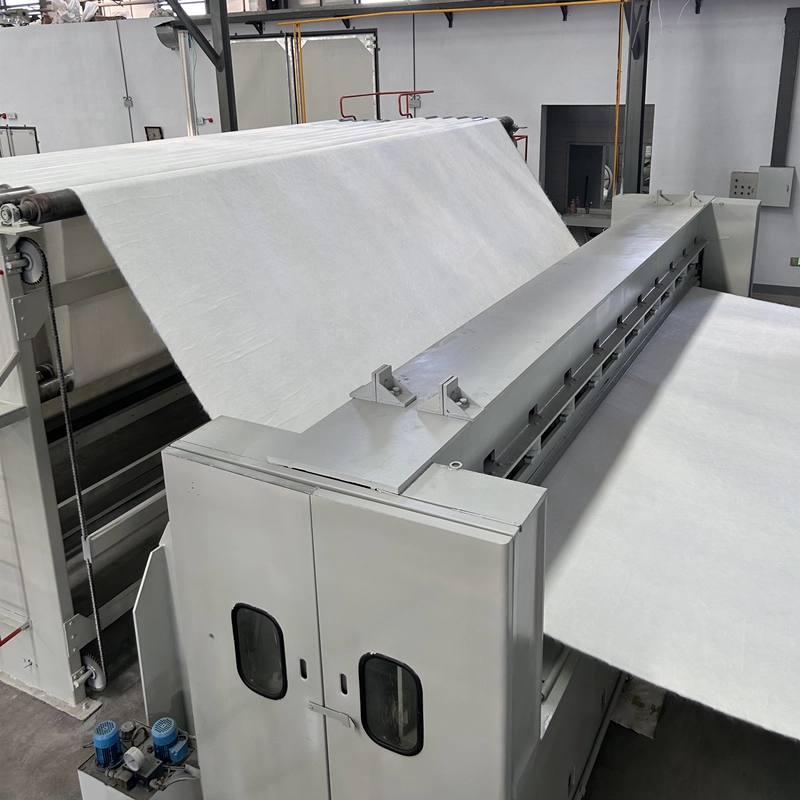
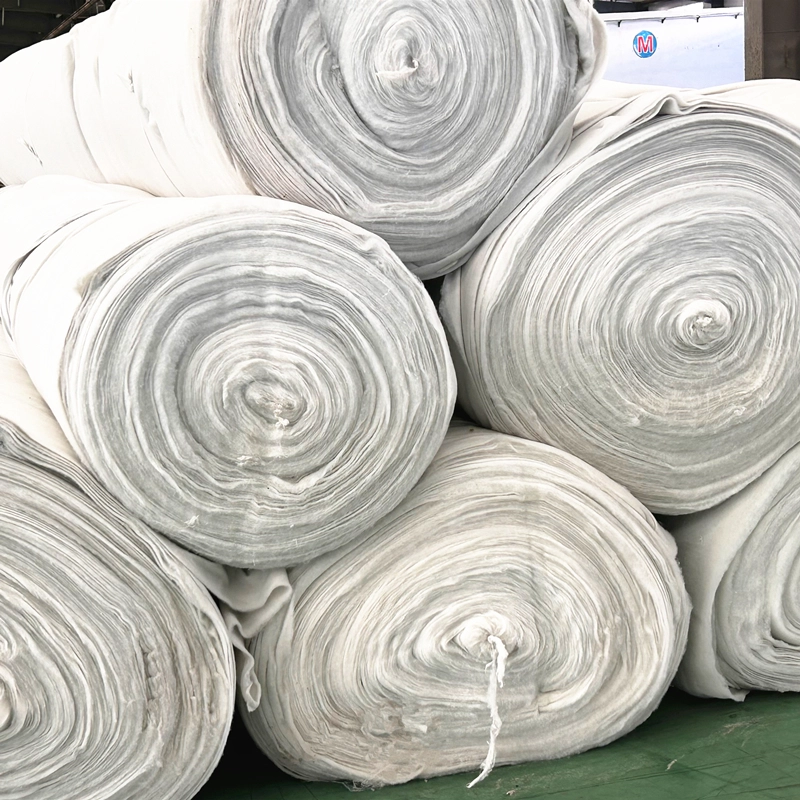
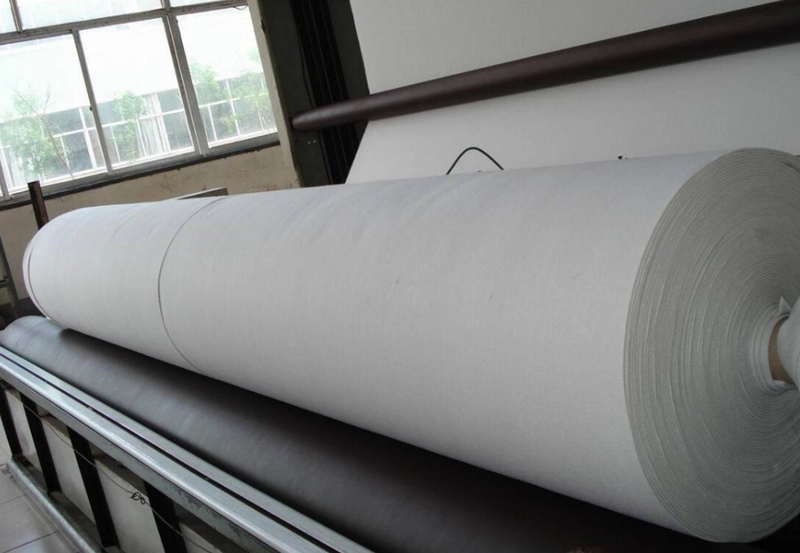
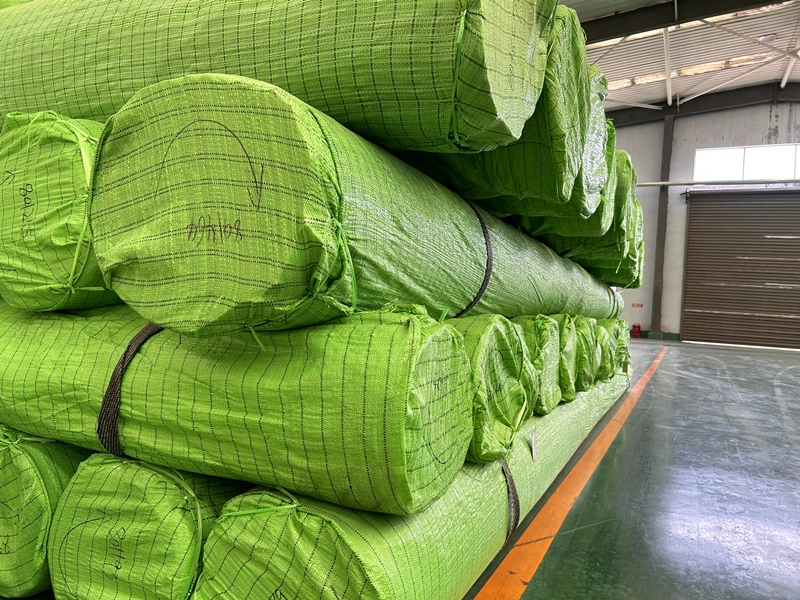
503.webp)
759.webp)
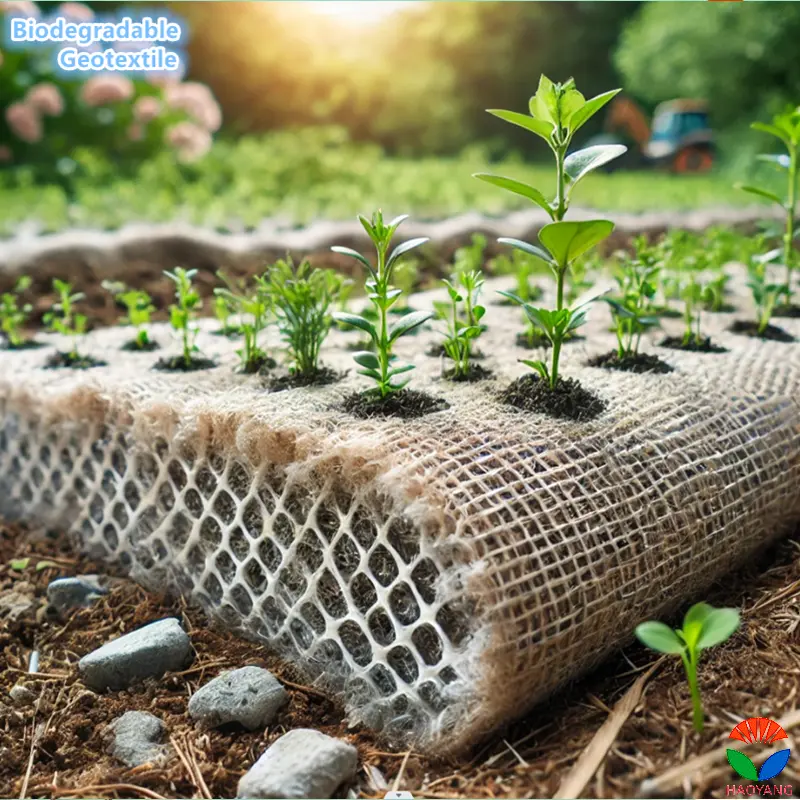
628.webp)
